#plant thing
Explore tagged Tumblr posts
Text
I love Justice League Action. The very first episode has Plastic Man, Booster Gold, Plant Thing, Captain Marvel, overly British Constantine, and smug Batman.
I mean come on! Who wouldn't want to watch a series where Plastic Man dresses as Wonder Woman and then continues to wear her boots(which are high heels btw) because they're comfortable. She doesn't even blink that he's still wearing the entire outfit other than to question why he's wearing her boots!
It's great. 10/10. 100% recommend everyone watch this.
#justice league action#batman#plastic man#booster gold#wonder woman#plant thing#constantine#john constantine#billy batson#dc captain marvel#there's also really interesting underrated villains and heroes in this show#it's a little bit crack-ish#but it's so funny
294 notes
·
View notes
Text
Planet's Fucked: What Can You Do To Help? (Long Post)
Since nobody is talking about the existential threat to the climate and the environment a second Trump term/Republican government control will cause, which to me supersedes literally every other issue, I wanted to just say my two cents, and some things you can do to help. I am a conservation biologist, whose field was hit substantially by the first Trump presidency. I study wild bees, birds, and plants.
In case anyone forgot what he did last time, he gagged scientists' ability to talk about climate change, he tried zeroing budgets for agencies like the NOAA, he attempted to gut protections in the Endangered Species Act (mainly by redefining 'take' in a way that would allow corporations to destroy habitat of imperiled species with no ramifications), he tried to do the same for the Migratory Bird Treaty Act (the law that offers official protection for native non-game birds), he sought to expand oil and coal extraction from federal protected lands, he shrunk the size of multiple national preserves, HE PULLED US OUT OF THE PARIS CLIMATE AGREEMENT, and more.
We are at a crucial tipping point in being able to slow the pace of climate change, where we decide what emissions scenario we will operate at, with existential consequences for both the environment and people. We are also in the middle of the Sixth Mass Extinction, with the rate of species extinctions far surpassing background rates due completely to human actions. What we do now will determine the fate of the environment for hundreds or thousands of years - from our ability to grow key food crops (goodbye corn belt! I hated you anyway but), to the pressure on coastal communities that will face the brunt of sea level rise and intensifying extreme weather events, to desertification, ocean acidification, wildfires, melting permafrost (yay, outbreaks of deadly frozen viruses!), and a breaking down of ecosystems and ecosystem services due to continued habitat loss and species declines, especially insect declines. The fact that the environment is clearly a low priority issue despite the very real existential threat to so many people, is beyond my ability to understand. I do partly blame the public education system for offering no mandatory environmental science curriculum or any at all in most places. What it means is that it will take the support of everyone who does care to make any amount of difference in this steeply uphill battle.
There are not enough environmental scientists to solve these issues, not if public support is not on our side and the majority of the general public is either uninformed or actively hostile towards climate science (or any conservation science).
So what can you, my fellow Americans, do to help mitigate and minimize the inevitable damage that lay ahead?
I'm not going to tell you to recycle more or take shorter showers. I'll be honest, that stuff is a drop in the bucket. What does matter on the individual level is restoring and protecting habitat, reducing threats to at-risk species, reducing pesticide use, improving agricultural practices, and pushing for policy changes. Restoring CONNECTIVITY to our landscape - corridors of contiguous habitat - will make all the difference for wildlife to be able to survive a changing climate and continued human population expansion.
**Caveat that I work in the northeast with pollinators and birds so I cannot provide specific organizations for some topics, including climate change focused NGOs. Scientists on tumblr who specialize in other fields, please add your own recommended resources. **
We need two things: FUNDING and MANPOWER.
You may surprised to find that an insane amount of conservation work is carried out by volunteers. We don't ever have the funds to pay most of the people who want to help. If you really really care, consider going into a conservation-related field as a career. It's rewarding, passionate work.
At the national level, please support:
The Nature Conservancy
Xerces Society for Invertebrate Conservation
Cornell Lab of Ornithology (including eBird)
National Audubon Society
Federal Duck Stamps (you don't need to be a hunter to buy one!)
These first four work to acquire and restore critical habitat, change environmental policy, and educate the public. There is almost certainly a Nature Conservancy-owned property within driving distance of you. Xerces plays a very large role in pollinator conservation, including sustainable agriculture, native bee monitoring programs, and the Bee City/Bee Campus USA programs. The Lab of O is one of the world's leaders in bird research and conservation. Audubon focuses on bird conservation. You can get annual memberships to these organizations and receive cool swag and/or a subscription to their publications which are well worth it. You can also volunteer your time; we need thousands of volunteers to do everything from conducting wildlife surveys, invasive species removal, providing outreach programming, managing habitat/clearing trails, planting trees, you name it. Federal Duck Stamps are the major revenue for wetland conservation; hunters need to buy them to hunt waterfowl but anyone can get them to collect!
THERE ARE DEFINITELY MORE, but these are a start.
Additionally, any federal or local organizations that seek to provide support and relief to those affected by hurricanes, sea level rise, any form of coastal climate change...
At the regional level:
These are a list of topics that affect major regions of the United States. Since I do not work in most of these areas I don't feel confident recommending specific organizations, but please seek resources relating to these as they are likely major conservation issues near you.
PRAIRIE CONSERVATION & PRAIRIE POTHOLE WETLANDS
DRYING OF THE COLORADO RIVER (good overview video linked)
PROTECTION OF ESTUARIES AND SALTMARSH, ESPECIALLY IN THE DELAWARE BAY AND LONG ISLAND (and mangroves further south, everglades etc; this includes restoring LIVING SHORELINES instead of concrete storm walls; also check out the likely-soon extinction of saltmarsh sparrows)
UNDAMMING MAJOR RIVERS (not just the Colorado; restoring salmon runs, restoring historic floodplains)
NATIVE POLLINATOR DECLINES (NOT honeybees. for fuck's sake. honeybees are non-native domesticated animals. don't you DARE get honeybee hives to 'save the bees')
WILDLIFE ALONG THE SOUTHERN BORDER (support the Mission Butterfly Center!)
INVASIVE PLANT AND ANIMAL SPECIES (this is everywhere but the specifics will differ regionally, dear lord please help Hawaii)
LOSS OF WETLANDS NATIONWIDE (some states have lost over 90% of their wetlands, I'm looking at you California, Ohio, Illinois)
INDUSTRIAL AGRICULTURE, esp in the CORN BELT and CALIFORNIA - this is an issue much bigger than each of us, but we can work incrementally to promote sustainable practices and create habitat in farmland-dominated areas. Support small, local farms, especially those that use soil regenerative practices, no-till agriculture, no pesticides/Integrated Pest Management/no neonicotinoids/at least non-persistent pesticides. We need more farmers enrolling in NRCS programs to put farmland in temporary or permanent wetland easements, or to rent the land for a 30-year solar farm cycle. We've lost over 99% of our prairies to corn and soybeans. Let's not make it 100%.
INDIGENOUS LAND-BACK EFFORTS/INDIGENOUS LAND MANAGEMENT/TEK (adding this because there have been increasing efforts not just for reparations but to also allow indigenous communities to steward and manage lands either fully independently or alongside western science, and it would have great benefits for both people and the land; I know others on here could speak much more on this. Please platform indigenous voices)
HARMFUL ALGAL BLOOMS (get your neighbors to stop dumping fertilizers on their lawn next to lakes, reduce agricultural runoff)
OCEAN PLASTIC (it's not straws, it's mostly commercial fishing line/trawling equipment and microplastics)
A lot of these are interconnected. And of course not a complete list.
At the state and local level:
You probably have the most power to make change at the local level!
Support or volunteer at your local nature centers, local/state land conservancy non-profits (find out who owns&manages the preserves you like to hike at!), state fish & game dept/non-game program, local Audubon chapters (they do a LOT). Participate in a Christmas Bird Count!
Join local garden clubs, which install and maintain town plantings - encourage them to use NATIVE plants. Join a community garden!
Get your college campus or city/town certified in the Bee Campus USA/Bee City USA programs from the Xerces Society
Check out your state's official plant nursery, forest society, natural heritage program, anything that you could become a member of, get plants from, or volunteer at.
Volunteer to be part of your town's conservation commission, which makes decisions about land management and funding
Attend classes or volunteer with your land grant university's cooperative extension (including master gardener programs)
Literally any volunteer effort aimed at improving the local environment, whether that's picking up litter, pulling invasive plants, installing a local garden, planting trees in a city park, ANYTHING. make a positive change in your own sphere. learn the local issues affecting your nearby ecosystems. I guarantee some lake or river nearby is polluted
MAKE HABITAT IN YOUR COMMUNITY. Biggest thing you can do. Use plants native to your area in your yard or garden. Ditch your lawn. Don't use pesticides (including mosquito spraying, tick spraying, Roundup, etc). Don't use fertilizers that will run off into drinking water. Leave the leaves in your yard. Get your school/college to plant native gardens. Plant native trees (most trees planted in yards are not native). Remove invasive plants in your yard.
On this last point, HERE ARE EASY ONLINE RESOURCES TO FIND NATIVE PLANTS and LEARN ABOUT NATIVE GARDENING:
Xerces Society Pollinator Conservation Resource Center
Pollinator Pathway
Audubon Native Plant Finder
Homegrown National Park (and Doug Tallamy's other books)
National Wildlife Federation Native Plant Finder (clunky but somewhat helpful)
Heather Holm (for prairie/midwest/northeast)
MonarchGard w/ Benjamin Vogt (for prairie/midwest)
Native Plant Trust (northeast & mid-atlantic)
Grow Native Massachusetts (northeast)
Habitat Gardening in Central New York (northeast)
There are many more - I'm not familiar with resources for western states. Print books are your biggest friend. Happy to provide a list of those.
Lastly, you can help scientists monitor species using citizen science. Contribute to iNaturalist, eBird, Bumblebee Watch, or any number of more geographically or taxonomically targeted programs (for instance, our state has a butterfly census carried out by citizen volunteers).
In short? Get curious, get educated, get involved. Notice your local nature, find out how it's threatened, and find out who's working to protect it that you can help with. The health of the planet, including our resilience to climate change, is determined by small local efforts to maintain and restore habitat. That is how we survive this. When government funding won't come, when we're beat back at every turn trying to get policy changed, it comes down to each individual person creating a safe refuge for nature.
Thanks for reading this far. Please feel free to add your own credible resources and organizations.
#us election#climate change#united states election#resources#native plants#this took 3 hours to write so maybe don't let it flop? i know i write long posts. i know i follow scientists on here#that study birds and corals and other creatures#i realize i did not link sources/resources for everything. i encourage those more qualified to add things on. i need to go to work
18K notes
·
View notes
Text
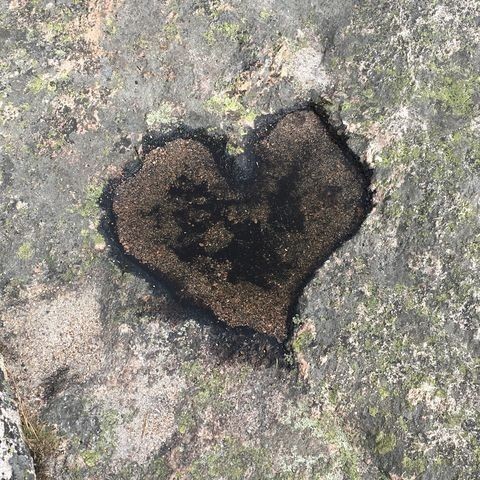
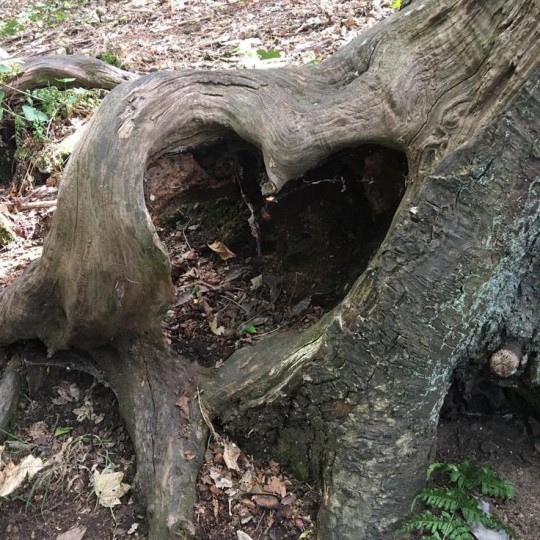


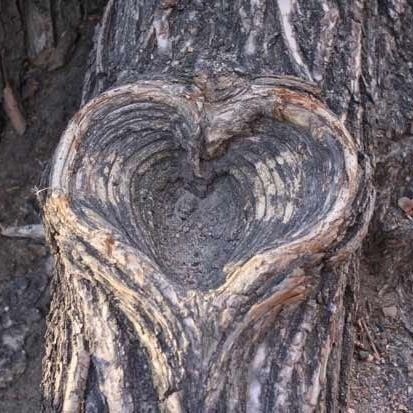



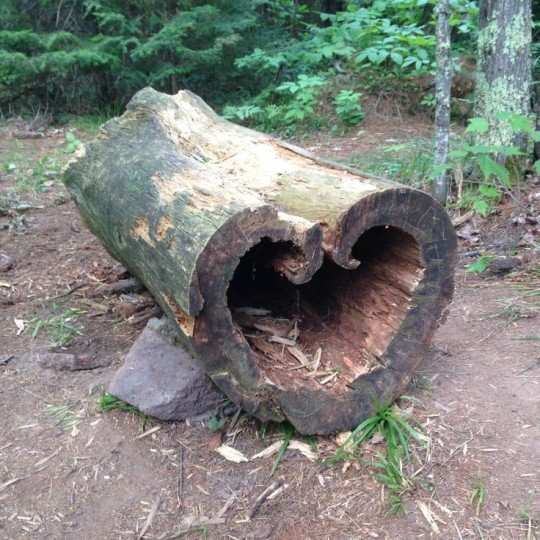
hearts in trees ♡
#rey's moodboards.#heartcore#heart shaped#lovecore#moodboard aesthetic#girlblogger moodboard#nature#trees#girlblogger#girlblogging#im just a girl#manic pixie dream girl#hyper feminine#just girly things#womanhood#female rage#plants#plantblr#photography#cottage aesthetic#cottagecore#fairycore#green moodboard#green aesthetic#self love#manifestation
27K notes
·
View notes
Text
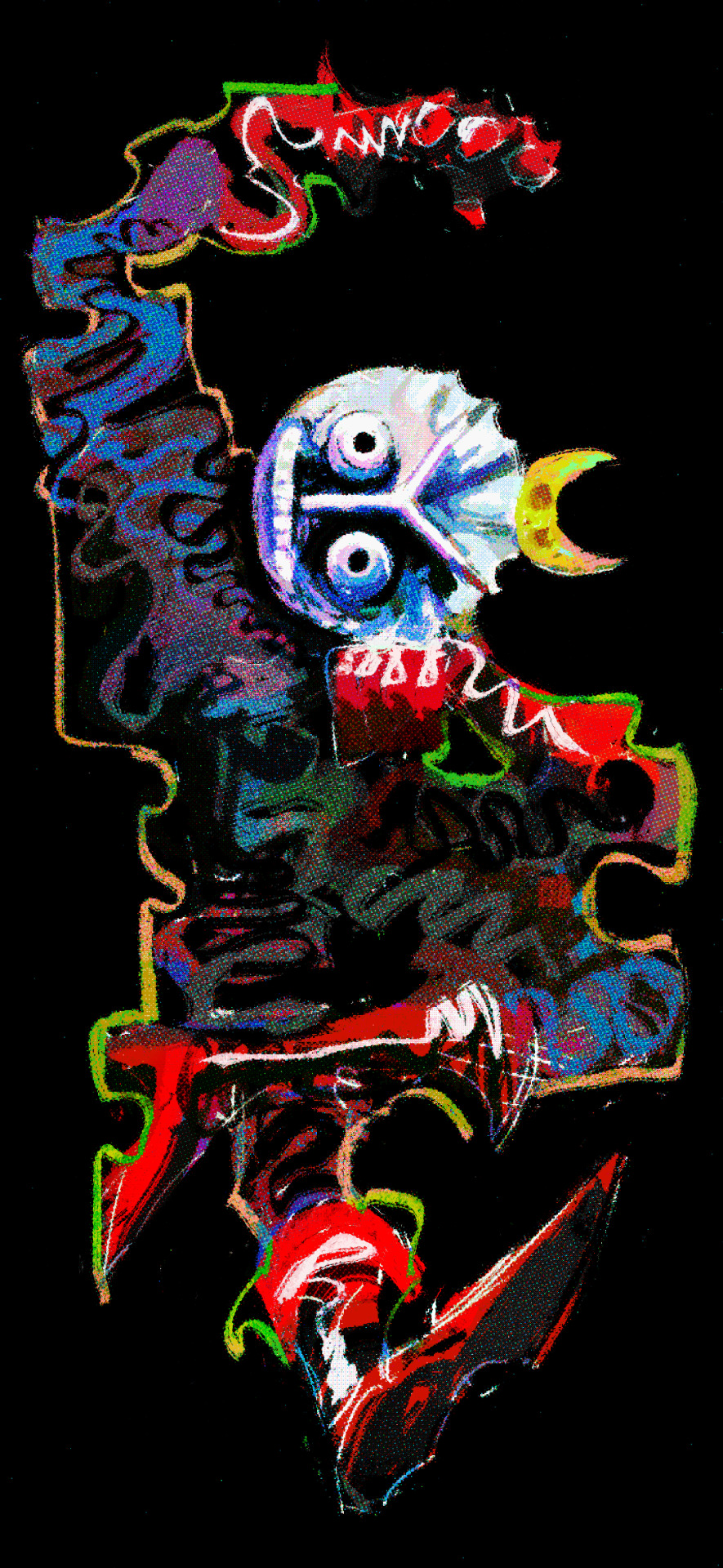
gibby sketch for this and additional doodles below
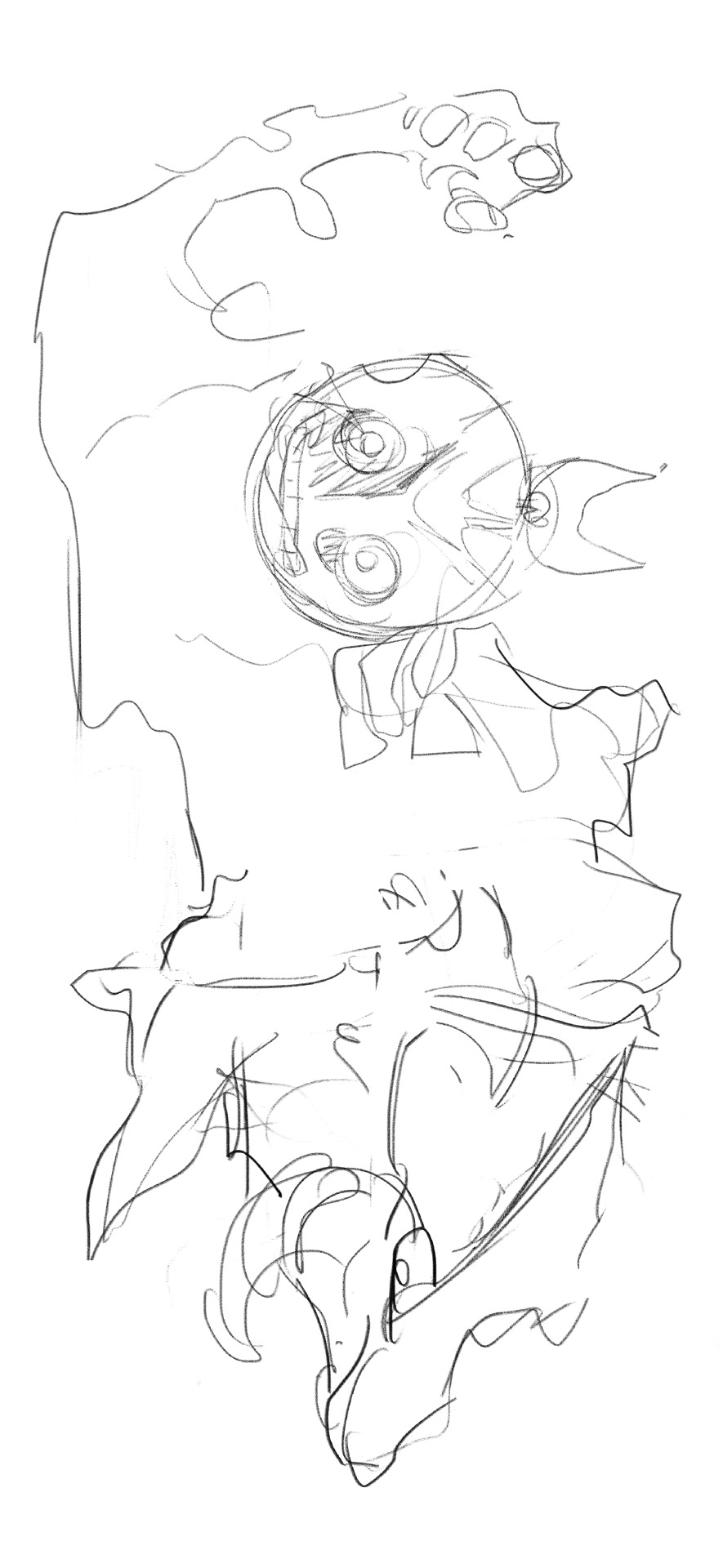
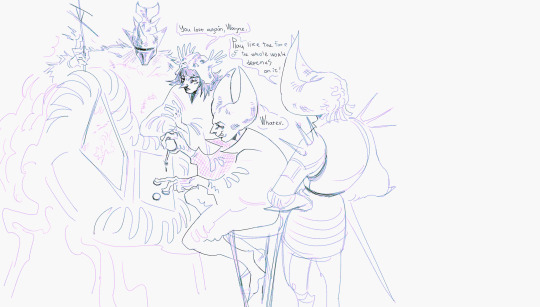
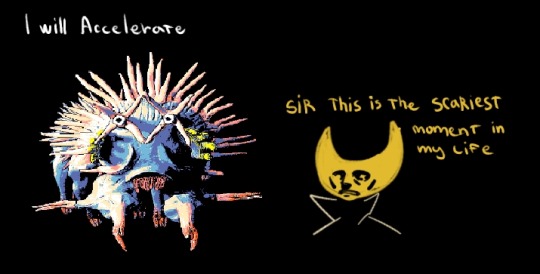
#art#hylics#hylics gibby#i haven't even finished the game what am i doing#this fucking worm scared me so bad the first time i saw him and with my battle strategy of being a potted plant he's impossible to beat#also i need to get this off my chest but when i draw i usually listen to the music that in my head associates with whatever thing i draw so#when i draw hylics i listen to caravan palace and it got to the point i hear this band i immediately think ah yes hylics ost
3K notes
·
View notes
Text



Dc au- been thinking about shadow’s living space lately, so. bed
#that bed is packed with moss + soft plants + blankets and pillows to make it cozy#sonic thought the bed was overkill at first but now he passes out on that thing after five minutes#art#drawing#sonic the hedgehog#sonic#sth#doodles#sonic fandom#sonic fanart#digital art#sonic the hedgehog fanart#sonadow harlivy au#sonic au#sth art#sth au#digital aritst#sth fanart#sonic art#sonic au art#sonadow fanart#sonadow#shadow sonic#sonic x shadow#shadow the hedghog fanart#shadow the ultimate lifeform#shadow fanart#shadow the hedgehog
2K notes
·
View notes
Text
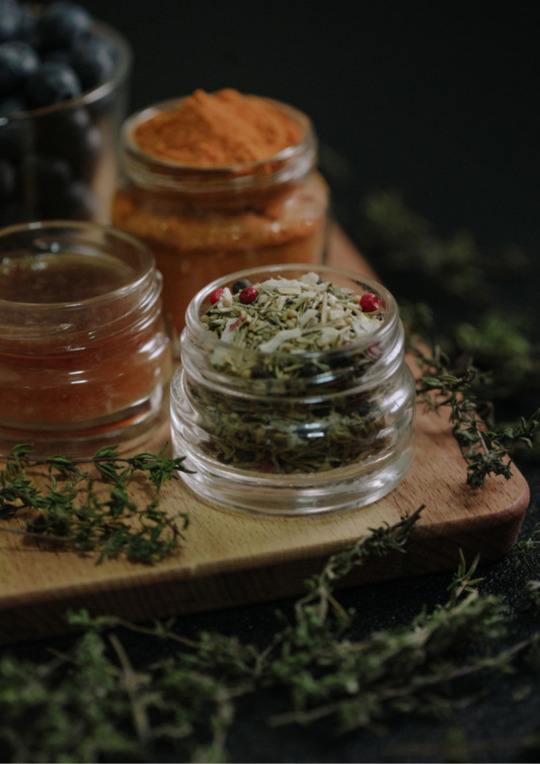

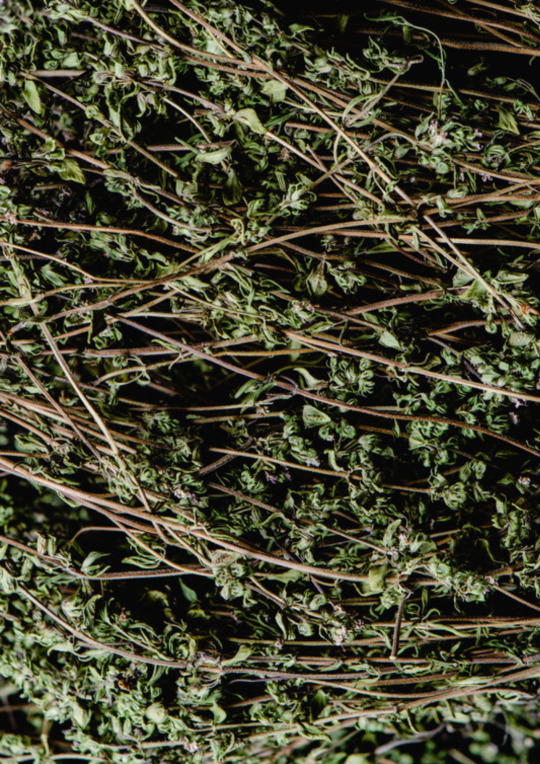
Guide to Drying Herbs
Drying herbs is a simple practice, and there are several methods to choose from depending on the type of herb and your desire use. Here's how I dry my herbs:
1. Drying on Newspaper
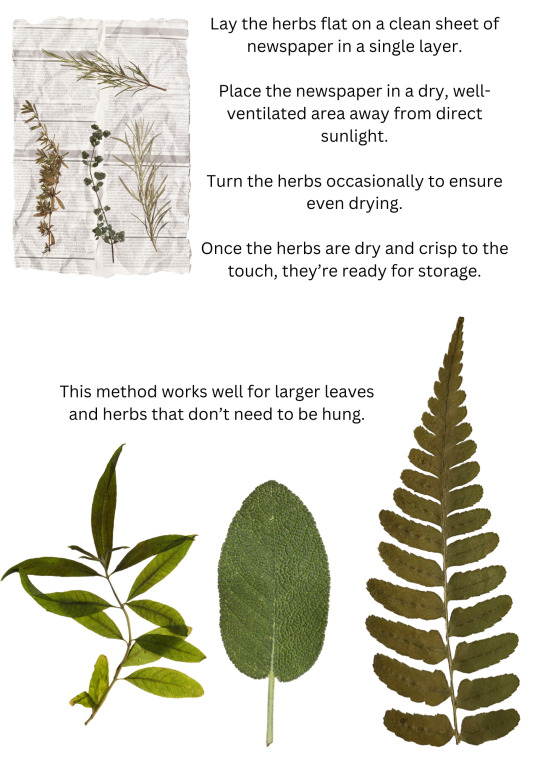
2. Hanging Herbs Upside Down
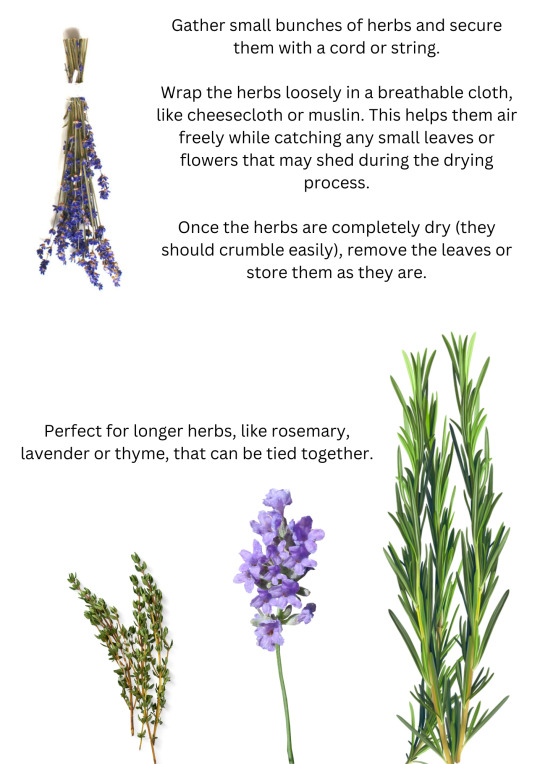
3. Pressing Herbs

4. Drying Small Petals in Pouches

General Tips for Best Results
Use Breathable Cloths: Wrapping your herbs or laying them on a breathable cloth allows air to circulate freely, preventing mold while catching any small leaves or flowers that shed during the drying process.
Timing: Dry herbs as soon as possible after harvesting to retain their potency and fragrance.
Environment: Choose a dry, cool, and ventilated area to prevent mold or mildew.
Labeling: If drying multiple herbs, label them to avoid confusion.
Storage: Once dried, store your herbs in airtight containers away from sunlight and moisture.
Using Dried Herbs
Always check if the plant is safe for use before collecting it. Do not make tea or touch anything with unknown properties. Always clean your plants before drying.
#green witch#spellcraft#witchcraft#paganism#wicca#witches#grimoire#book of shadows#witch community#beginner witch#witchblr#witch tips#herbs#plants#witch herbs#nature witch#traditional witchcraft#witchy things
2K notes
·
View notes
Text

Yarrow and Feverfew
Art trade with the incredible @liscepu, I'm so grateful for the chance! Thank you for fueling my love for the game again <3
#arthur morgan#red dead redemption#rdr2#rdr fanart#flowers#portrait#illustration#Also#since gathering and crafting from plants is one of my fav things in open world games I've been really enjoying drawing game characters with#like I've done with Geralt or Pathologic before - I will be definitely doing that more in the future! <3#This also reminded me I still need to return to platinum-ing RDR2...#...These damn 70 golden medals tho#I have no idea how I'll do it 💀
8K notes
·
View notes
Text

2K notes
·
View notes
Text

ok but what if- what if they kissed in front of a pretty darn detailed mural, like have we thought it through thoroughly enough?? cuz like... what if there were tigers.
this comes from mine and @anaclastic-azurite 's surfer/bananawan codywan au which you can read here
mural without the giant obstruction below the cut


(With and without wall texture:)
#codywan surfer au#look you can see the tiniest sliver of codys tattoo!#its there!#all the animals ship them btw#the plants too#codywan#this is by far the most effort ive ever put into a drawing's background#i love drawing a whole thing and then covering up like a third of it#its fine#obi wan kenobi#commander cody#star wars fanart#my art#fanart#star wars#modern au#mural#im so tired
2K notes
·
View notes
Text

OSIRIS-ANTINOUS. antinous enters the nile human, and leaves a statue 🪷
#the plants are papyrus sedge and egyptian lotus 🪷:)#my ganymede design actually started out as a cartoonish antinous and just became its own thing lol#antinous#antinous osiris#roman empire#ancient rome#ancient greece#tagamemnon#emperor hadrian#osiris#egyptian mythology#roman mythology#tagging this is tricky
2K notes
·
View notes
Text

α.♊︎
#trigun#trigun stampede#vash the stampede#I'm back from digging up bones in italy#i missed drawing my silly plant son#things i made
2K notes
·
View notes
Text

shrimp 🦐🦐🦐
#star wars#the bad batch#arc trooper echo#tbb echo#tbb tech#aviiart#im pretty sure this idea was planted by a moon knight fanart i saw like years ago#BUT ISTG I CANT FIND IT#also echo and shrimp chips is apparently just a thing™️in my drawings now
933 notes
·
View notes
Text

Out of the blue
#dnd#dungeons and dragons#art#artists on tumblr#ocs#marsilio#painting plants is like the most relaxing thing to do for my eyes...#i love flowers so much ;-;
2K notes
·
View notes
Text
This is what I did
#will wood#life in the world to come#will wood fanart#chris dunne#cole art#litwtc#wi wo#liar liar plants for hire#life in the world to come fanart#things you've done schlapp#Okay bye
2K notes
·
View notes
Text







HEY AM I REACHING OR. IS THIS BUILDING TO WHAT I THINK IT'S BUILDING TO
#SONIC SLOWLY LOSING HIS COOL. BEING CONFRONTED ON HIS NO-DEATH RULE. FAKE EMERALDS. PLANTS STEALING EMERALDS. TAILS SELF-BLAME ISSUES#ARE WE THINKING THE SAME THING BESTIES#sonic idw#idw sonic#sonic the hedgehog#sonic idw spoilers#idw sonic spoilers#sonic x#mine
496 notes
·
View notes
Text

Plant boi be planting. 🌱
#dietmimo doodles#trigun#trigun stampede#vash tristamp#vash the stampede#what is this a garder/farmer au? maaayyybee#honestly I just wanted to draw this nugget in overalls and a sweater#look this soft boi needs to be covered in soft things like soft sweaters#and dirt#dirt can be soft#He grew a donut tree by planting a half eaten donut and no one knows how it that even worked#What actually happened was what started off as a joke turned into mission dont break vash's heart#it started with someone putting a sprout in the pot#and then said sprought grew into an actually baby tree#and then they hung donuts#now they have to keep replacing the donuts or vash will cry#vash knows it's joke but free donuts are still free donuts LOL#oops I forgot to save a progress video
599 notes
·
View notes